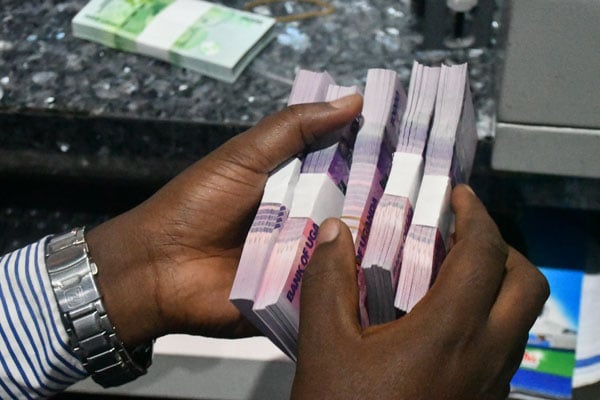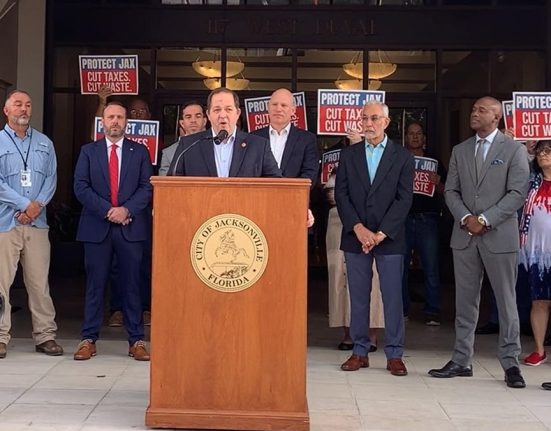The Executive has put parliament on notice after the Minister of State Privatization and Investment, Ms Evelyn Anite submitted a proposal to borrow a combined sum of Shs954 billion for service delivery.
This request to borrow comes in barely seven weeks since the implementation of the 2025/26 Shs 72.4 trillion national budget took effect.
When contacted, the Director of Economic Affairs, Ministry of Finance, Planning and Economic Development, Moses Kaggwa said this proposal is already part of the Shs7 trillion government planned to borrow in the current 2025/26 national budget.
Kaggwa noted that the funds to be borrowed externally -if endorsed by parliament- will be directed towards addressing gaps in clean water access and healthcare infrastructure, two critical sectors that directly affect public health and productivity.
He said: “Even after parliament has appropriated the budget we have to again take each and every external borrowing separately for a resolution by parliament.”
When asked what kind of service delivery will the borrowed funds be committed to, he gave an example of Bugiri District, where the entire hospital will be rehabilitated and equipped from this planned borrowed funds.
He further disclosed that the same funds will also be used to equip “the required medical facilities in all the departments of the hospital. In addition to rehabilitating medical staff housing with some new ones being built among other things.”
And pertaining to water, the planned funds to be borrowed will be used to make water for household and industrial use in towns accessible ( see below list of where the funds will be potentially deployed by government)
The proposal to borrow externally, if processed as expected, will see the country’s overwhelming debt stock further plunge into the abyss.
For that, Uganda Debt Network (UDN), an organization working towards prudent management of public, describes the move as troubling even as minister Anite, who presented the two major loan requests, proposing to borrow some Shs953.9 billion, said in her X platform: “I love it when we borrow for service delivery, not consumption.”
“However, these new loans raise an uncomfortable but urgent question: will they truly deliver for Ugandans, or will they deepen an already dangerous debt spiral?” reads UDN analysis of the proposed loan.
The analysis further pointed out that: “Perhaps, the most troubling part of Uganda’s public financing challenge isn’t just how much it borrows, but how poorly it utilizes borrowed funds.”
Between January and May 2025 alone, Parliament approved new loans worth approximately Shs5.6 trillion. This is slightly more than the budget allocated for the health sector in the current 2025/26 budget which is barely seven week old since the beginning of its implementation.
The UDN analysis issued mid-August 2025, further revealed that despite continued borrowing, a staggering Shs16.4 trillion in previously approved loans remains undisbursed – yet to be utilized by the government. Revealing perhaps, is that the unspent/unutilised funds are already accruing interest.
“This means that even before these newly proposed loans are considered, Uganda is already paying interest on billions it hasn’t even spent. These unused funds represent lost development time and wasted debt servicing resources. It is within this context that government fresh borrowing proposals presented by Minister Anite, must be viewed with skepticism and urgency,” reads the analysis put together by a team of public debt and policy experts at UDN.
Uganda’s public debt stock reached $$29.1 billion or Shs 104 trillion by the end of 2024, up nearly 18 percent from the previous year.
The debt-to-GDP ratio now stands at 52 percent, surpassing the IMF’s recommended ceiling for low-income countries.
This has serious implications for the national budget. For example, for every 100 shillings collected in revenue, Shs32 goes toward debt repayment, constraining government legroom to spend on key sectors of the economy such as health, water and education among other key areas.
The pressure to repay debt is not only squeezing out spending on social services but also weakening public confidence in the government’s ability to manage resources effectively.
Ironically, the push for new borrowing comes at a time when the government has publicly committed to cutting back on debt.
President Museveni recently announced plans to significantly reduce external borrowing beginning July 2025. Similarly, the Ministry of Finance is projecting a 53 percent cut in domestic borrowing and a 20 percent reduction in national expenditure for FY 2025/26.
“This raises a critical contradiction: how can Uganda claim to be entering a period of fiscal discipline while simultaneously adding close to Shs 1 trillion in new loan requests?” reads a report titled seeking more, using less: government eyes new loans despite Shs16.4 trillion in idle funds.







